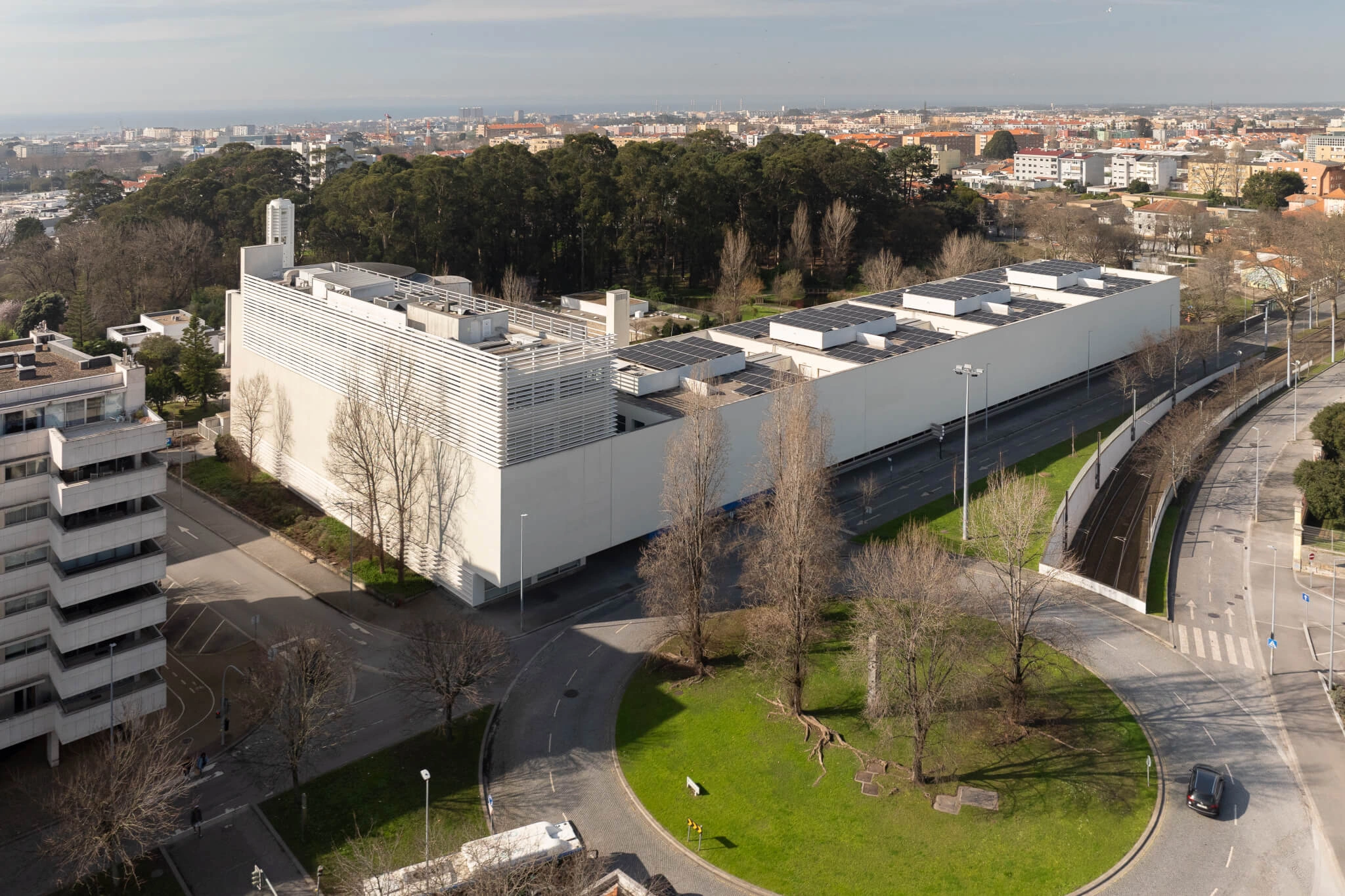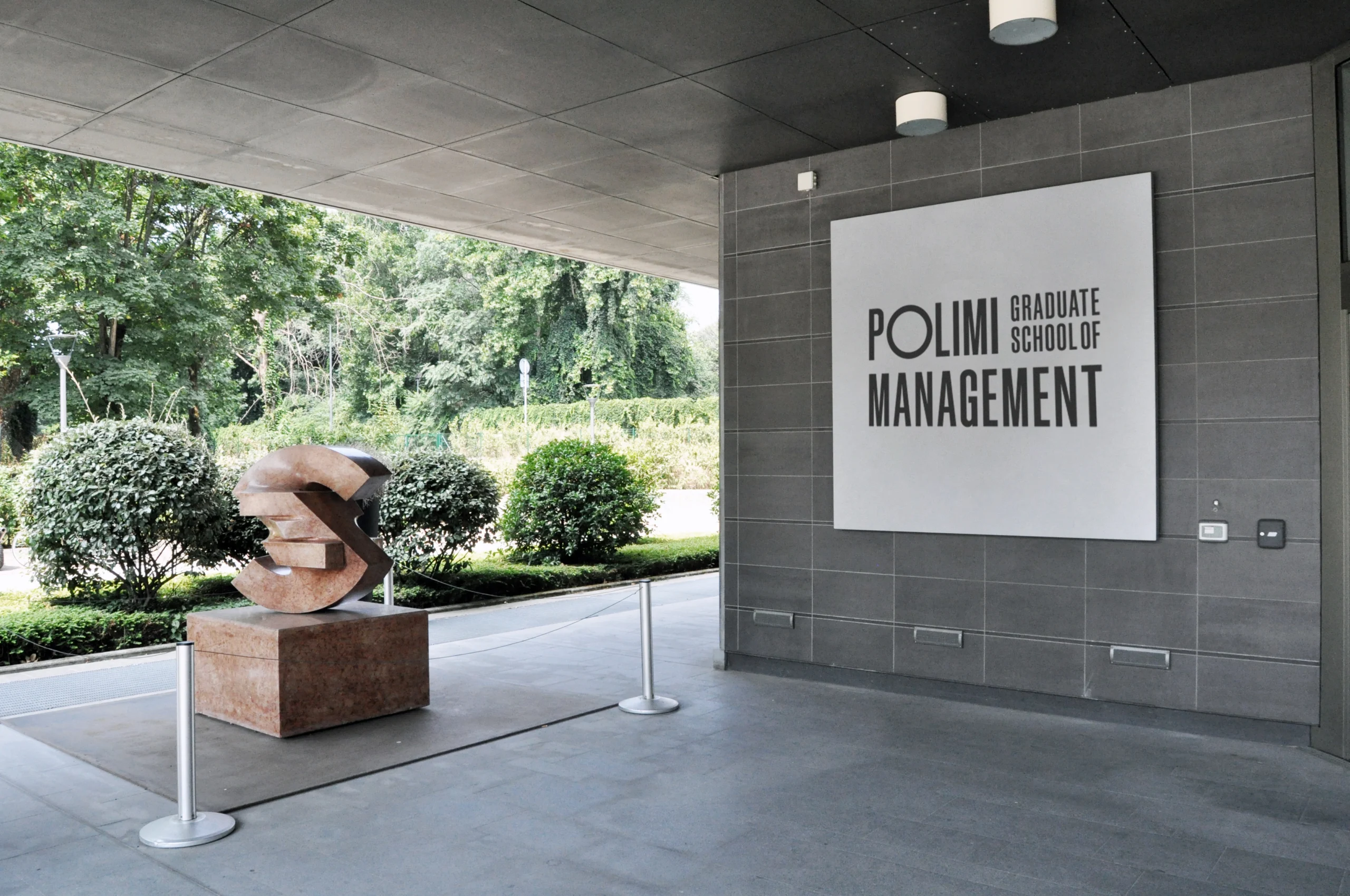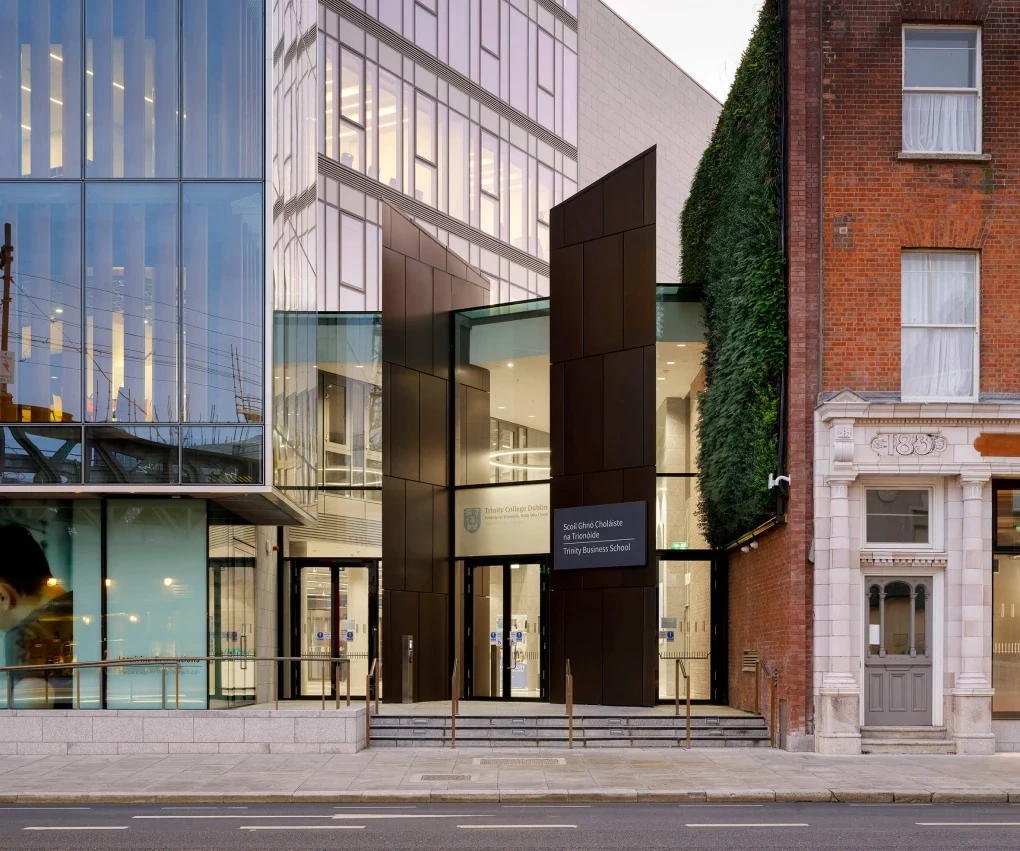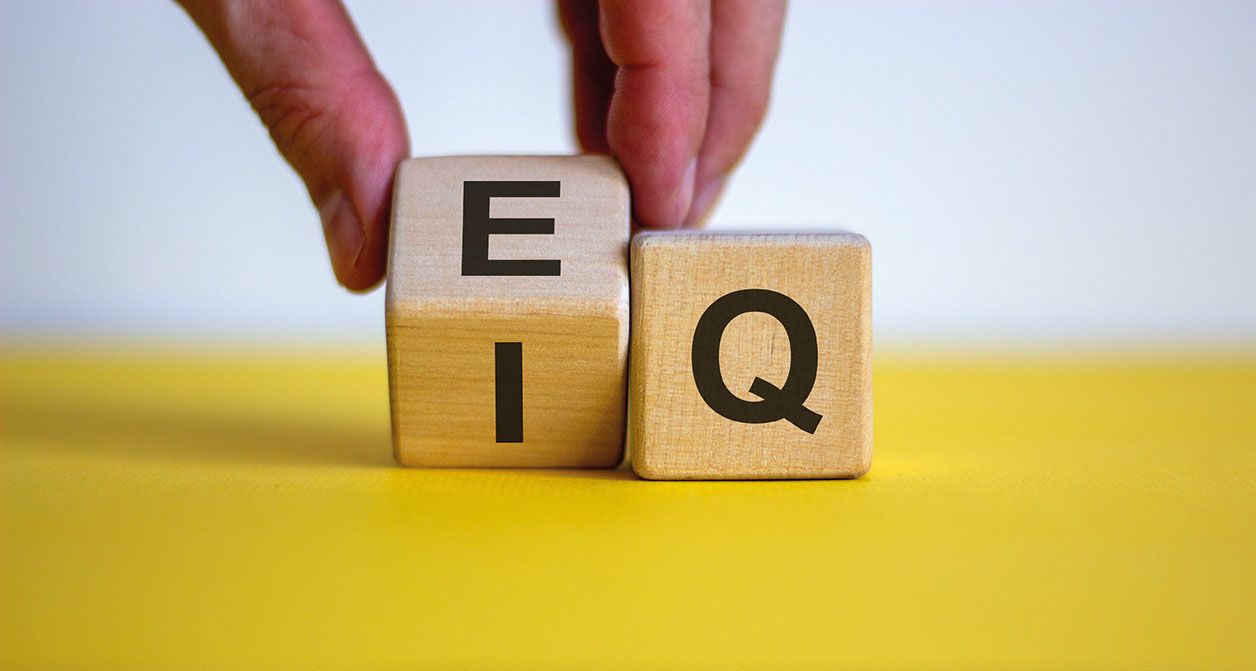Business transformation: the challenge of the age

John E. Kaye
- Published
- Executive Education, Home

At times like these, change becomes an essential component of progress. But to navigate successfully, businesses must set out a strategic roadmap
The impact of Covid-19 will be felt across the globe for years to come, and in response many businesses will seek to completely transform their standard operating model. Transformation that is often long overdue, but vital if organisations are to survive and thrive.
Successful transformation demands that an organisation’s leadership fully understand the challenge and the process for success. Initially they must understand the five components of successful change: pressure for change, leadership and vision, capable people, practical first actions and, effective measures and rewards. Let’s look at each of those components:
Pressure for change – There must be a clear rationale for the reason to change, exhaustively communicated and debated with everyone in the organisation. It is important that everyone at every level in the business recognises that the status quo is not acceptable.
Leadership and vision – It is vital that leaders communicate the need for change and outline what will be different after the change and why. Critically, good leaders set the path and the objectives but delegate the design and implementation of the detail. They ensure the organisation is effectively engaged. Leaders must constantly reinforce the need for change and the acceptable behaviours and performance levels. They must challenge those who actively or passively resist change. These people must be aligned or removed.
Capable people – Also vital, as capable people must design and implement the changes at a detail level. Leaders should outline the expectations and future state requirements and empower those in the organisation to design and deliver the actual changes. Capable people will engage with the process and ensure practical solutions are developed and owned at every level of the organisation.
Practical first actions – These are the bedrock of change. They must be immediate and make a noticeable difference; the first steps along the path to the new business model. Quite often the best first actions are not to do “new” things but immediately stop doing the worst of the “old”. A sensible dialogue will identify those processes, activities or behaviours which add no value.
Effective measures and rewards – The most complex aspect of any change programme. Recognition and public praise will encourage those who are making the effort to move forward, whilst privately the organisation must address blockers. Once the change program is clearly defined at every level, the change is embedded by re-aligning the organisations rewards and benefit programs.
These five steps might seem obvious and straightforward, but they require clarity and persistence from the organisation’s leadership if they are to succeed.
Further information
Sign up to The European Newsletter
RECENT ARTICLES
-
 ETH Zurich and the University of St.Gallen redefine executive education with emba X, a new model of responsible leadership
ETH Zurich and the University of St.Gallen redefine executive education with emba X, a new model of responsible leadership -
 Why leadership is the strongest defence in South Africa’s schools
Why leadership is the strongest defence in South Africa’s schools -
 Porto Business School launches executive programme on AI strategy
Porto Business School launches executive programme on AI strategy -
 POLIMI Graduate School of Management strengthens global reputation in MBA and master’s rankings
POLIMI Graduate School of Management strengthens global reputation in MBA and master’s rankings -
 Trinity Business School strengthens standing in global MBA rankings
Trinity Business School strengthens standing in global MBA rankings -
 Meet the class of 2025… and their children. Why mid-life university learning is on the rise
Meet the class of 2025… and their children. Why mid-life university learning is on the rise -
 University of Michigan launches executive programme for chief data and AI officers
University of Michigan launches executive programme for chief data and AI officers -
 International education: A vision for global citizens
International education: A vision for global citizens -
 How to create lasting social change? Build a community
How to create lasting social change? Build a community -
 Tomorrow’s world needs Dyslexic Thinking
Tomorrow’s world needs Dyslexic Thinking -
 Why family therapy is the best investment you can ever make
Why family therapy is the best investment you can ever make -
 How EQ can give us the edge over AI
How EQ can give us the edge over AI -
 A true root and branch approach
A true root and branch approach -
 It's fine to say you're not ok
It's fine to say you're not ok -
 Are you willing to change with your organisation?
Are you willing to change with your organisation? -
 Emerging markets: Online learning for women unlocks economic potential
Emerging markets: Online learning for women unlocks economic potential -
 A programme of urgent importance
A programme of urgent importance -
 Why progress is not parity
Why progress is not parity -
 Begin by building trust
Begin by building trust -
 Have we the energy for cryptocurrencies?
Have we the energy for cryptocurrencies? -
 Make your employees everyday data scientists
Make your employees everyday data scientists -
 The power of understanding
The power of understanding -
 Welcome to the team
Welcome to the team -
 Become your best self with Gies
Become your best self with Gies -
 The benefits of seeing the bigger picture
The benefits of seeing the bigger picture



























